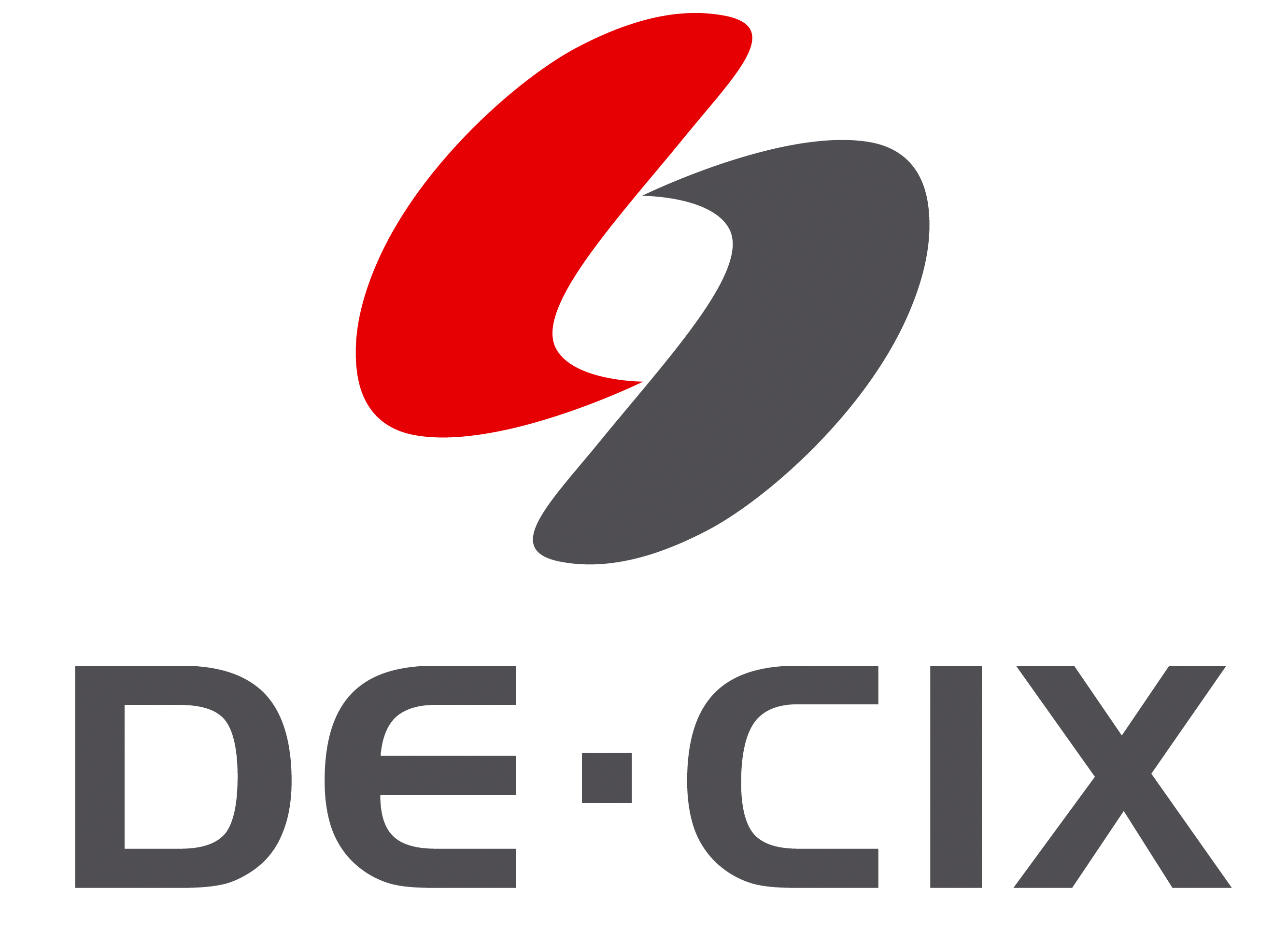Thursday, 19 November 14:00 - 15:30
A. Usual Administrivia [5 min]
| |
| B. RIPE NCC Report [15 min] Anand Buddhdev | |
| C. Measuring the Impact of IPv6 Resolver Preference [20 min] Chris Baker, Dyn | |
| D. Impact of DNS over TCP - a Resolver Point of View [15 min] Joao Damas, Bondis The impact of two very different aspects of the life of a recursive server were examined for this project: queries to authoritative servers as well as the queries from stub resolvers. Traffic from two different ISPs' recursive resolvers was captured to analyse the potential impact on the servers of long lived TCP sessions, investigating the effect of timeout settings, the total number of simultaneous connections that would be kept open and the potential benefits of connection reuse as proposed in the current version of draft-ietf-dnsop-5966bis, with the intent of offering simulated operational advice, based on observed traffic. | |
| E. Integration Testing of DNS Recursive Servers [15 min] Ondřej Surý, CZ.NIC A generic testing framework was produced as a part of developing the Knot Resolver. This framework is written in python and can use UNIX domain sockets to bypass the underlying physical network. | |
| F .nl Open DNS Datasets and Statistics [10 min] Marco Davids, SIDN SIDN makes available aggregated datasets from .NL authoritative servers to the Internet/Research/DNS communities. It includes visualisations of the DNS-traffic for .nl as well as statistics on domain registrations, DNS queries, DNSSEC usage, plus layer-3 and layer-4 information. The datasets (starting from May 2014) are updated on a daily basis. They are provided in JSON-format and can be found on https://stats.sidnlabs.nl. | |
| G. Discussion of Latest SSAC Recommendations [10 min] SSAC Stuckee |










